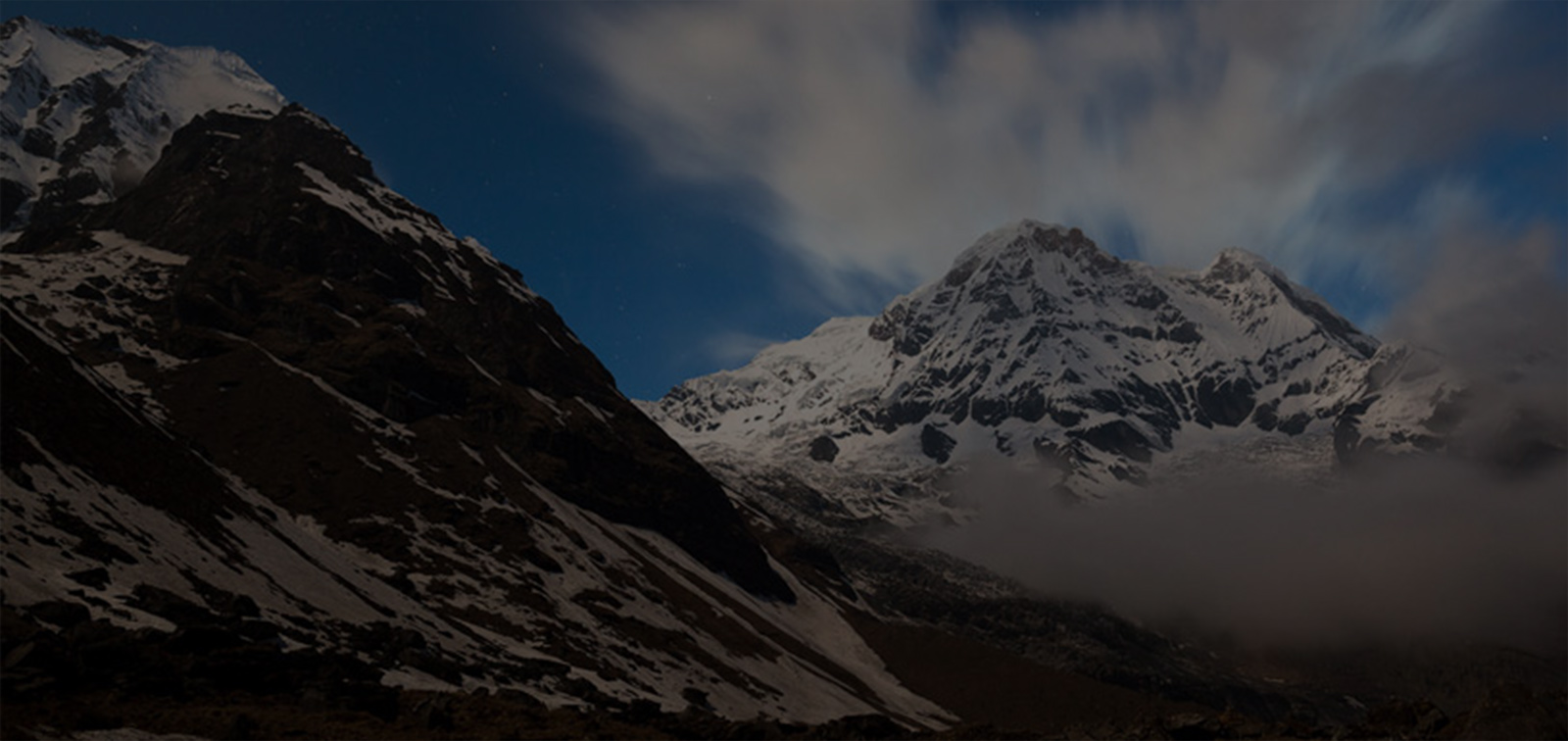1. Geography: Nepal is a landlocked country located in South Asia, bordered by China to the north and India to the south, east, and west. It is known for its diverse geography, which includes the towering Himalayas in the north, lush hills and valleys in the central region, and the flat plains of the Terai in the south.
2. Culture: Nepalese culture is rich and diverse, influenced by its multiethnic population. The country is home to numerous ethnic groups, each with its own language, customs, traditions, festivals, and cuisine. Hinduism and Buddhism are the two major religions practiced in Nepal, and their influence is evident in various aspects of daily life, art, architecture, and festivals.
3. Tourism: Nepal is a popular destination for tourists, particularly renowned for its trekking trails, majestic mountains, and rich cultural heritage. Tourists flock to Nepal for activities such as trekking in the Himalayas, exploring ancient temples and monasteries, going on wildlife safaris in national parks, and experiencing the vibrant local culture.
4. Economy: Nepal's economy is primarily agrarian, with agriculture being the main source of livelihood for a significant portion of the population. However, tourism also plays a crucial role in the economy, contributing to foreign exchange earnings and employment opportunities. Other sectors such as hydropower, manufacturing, and services are also growing in importance.
5. History: Nepal has a long and fascinating history, dating back thousands of years. It was ruled by various dynasties and kingdoms before being unified into a single nation in the 18th century by King Prithvi Narayan Shah. The country has experienced significant political and social changes over the years, including the transition from monarchy to a federal democratic republic in 2008.
6. Languages: Nepal is a linguistically diverse country, with Nepali being the official language and the most widely spoken. However, there are numerous other languages and dialects spoken by different ethnic groups, including Maithili, Bhojpuri, Tamang, Newari, and many more.
7. Natural Resources: Nepal is rich in natural resources, including water, forests, minerals, and biodiversity. The country's rivers have immense hydropower potential, which could be harnessed for energy generation. Additionally, Nepal's forests are home to a wide variety of flora and fauna, making conservation efforts crucial for biodiversity preservation.
Overall, Nepal encompasses a wide array of topics, reflecting the country's unique blend of natural beauty, cultural diversity, and historical significance. Whether you're planning a trip to Nepal or simply seeking to learn more about this fascinating nation, exploring Nepal can provide valuable insights into its people, heritage, and way of life.





















